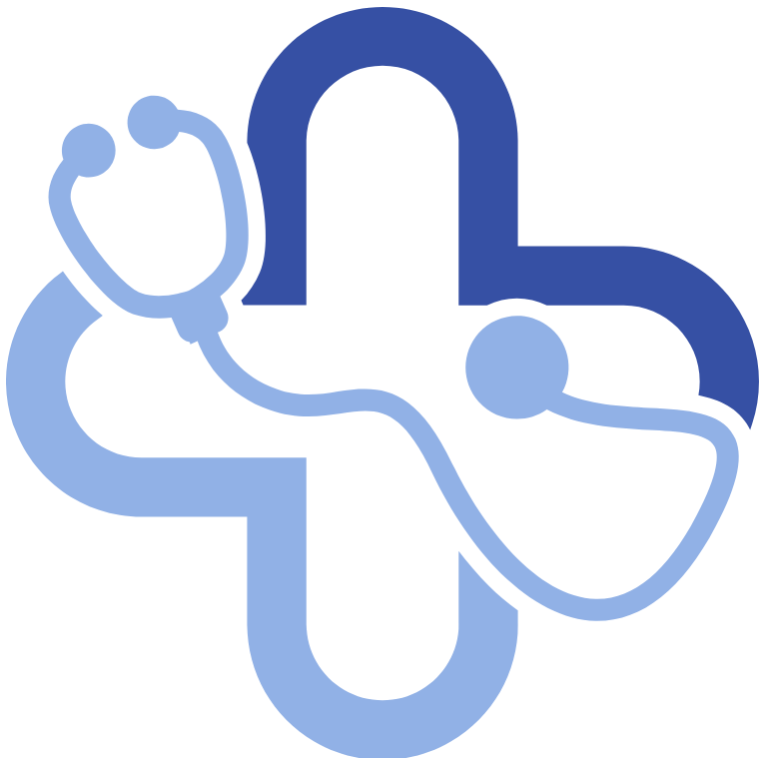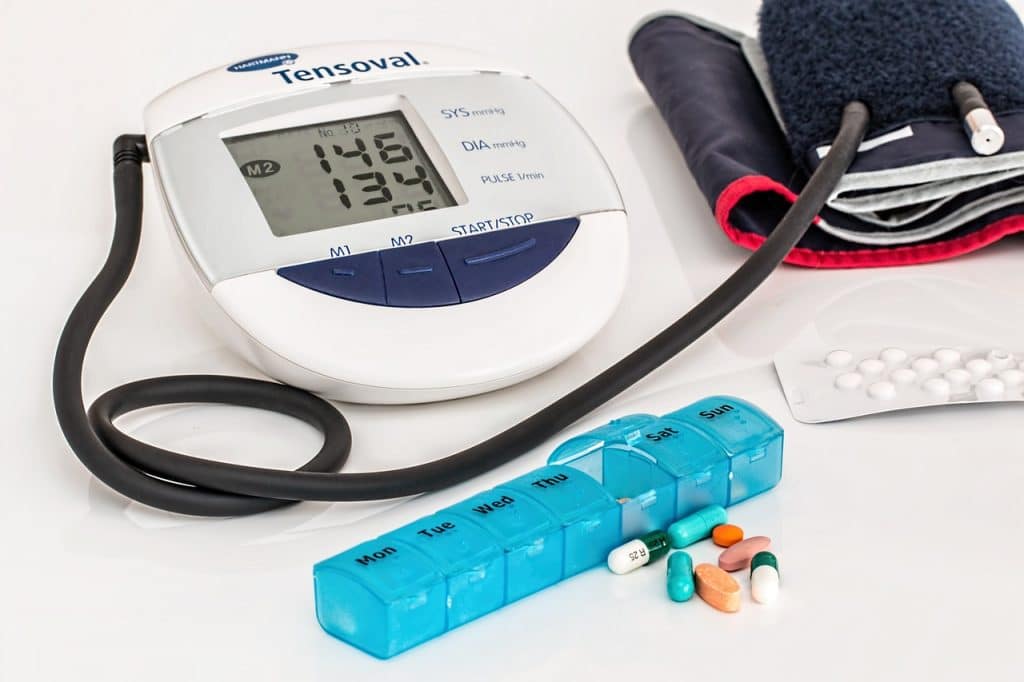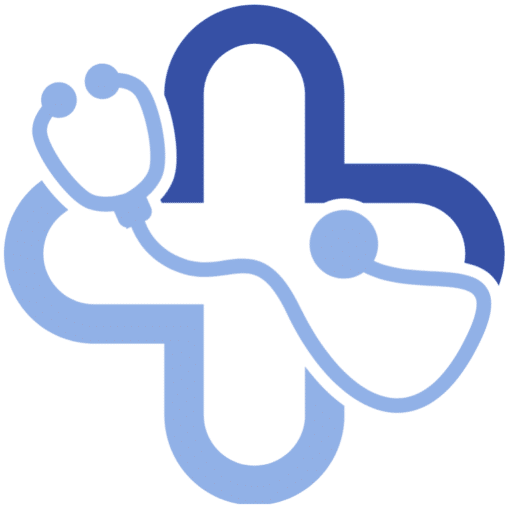The Windsor El Camino program offers a 100% tuition-free, 6-week Read more…
There are several steps to becoming a CNA and that’s why our site offers this CNA course online free for our users to help get you up to speed on the roles and responsibilities of a CNA and also to introduce you to concepts and skills you will learn when you enroll in an accredited CNA program near you. While we offer these free CNA classes online, please note they are not for credit, but this page is designed to do two things:
- Introduce you to the full range of roles and responsibilities a CNA is expected to perform on the job.
- Help you become familiar with the specific skills and knowledge you will be expected to learn, retain, and perform in an accredited CNA program.
- Help you pass your state’s CNA examination to earn your certification.
Our CNA course covers nine sections that offer an overview of the CNA position. The following nine modules will help build your understanding of what will be expected of you as a CNA. So please enjoy these CNA online classes free of charge as you familiarize yourself with the position and the critical skills necessary to succeed in a nursing assistant training program. When you’re ready to find a program and earn your certification you can utilize our listings to find CNA classes near you.
The Role of the CNA
The role of a certified nursing assistant (CNA) encompasses many varying aspects of healthcare. As a CNA, you may assist patients with day-to-day tasks they cannot easily complete on their own, provide basic care, take and record vital signs and assist other healthcare professionals involved in the management and care of the patients you serve. The CNA maintains a high level of personal contact with patients, making the CNA role one of central importance. As a key member of the healthcare team, the quality of your CNA training material directly impacts how well you carry out your role as a CNA.
Qualities of a CNA
- Good Communication Skills: CNAs need to effectively communicate with patients and their families, as well as with other healthcare professionals. Clear instructions, empathy, and building rapport are essential communication skills.
- Observation: CNAs are responsible for observing and monitoring the patient’s condition for any changes. This involves noting variations in vital signs, appearance, and routine activities.
- Physical/Mental Strength: CNAs must be physically and mentally capable of handling the demands of the job, such as assisting multiple patients, working on weekends, and helping colleagues.
- Dependability: Patients and coworkers rely on CNAs for various tasks. Demonstrating dependability, time management, and a positive attitude are crucial.
- Patience and Cooperation: Caring for patients and working with colleagues often requires patience and cooperation. CNAs must remain calm and encouraging, especially when patients need extra time or support.
- Empathy: Understanding and responding to patients’ feelings is essential. Empathy helps CNAs provide personalized care.
- Respect: CNAs should show respect to patients, adhere to workplace rules, and maintain a safe environment.
Patient’s Rights
- CNAs should be aware of patients’ rights and provide information when required. Patients have the right to know about their health condition, choose their primary care provider, and be informed about fees and charges.
- Patient privacy and confidentiality should be respected, and patients have the right to voice their opinions about the quality of care.
Continuing Education
- Ongoing education is essential for CNAs to stay updated with patient care practices. Federal law in the US requires a minimum of 12-24 hours of continued education each year. CNAs can pursue education through local community colleges, state nursing boards, or their current employers, covering various topics like current clinical practices, elderly care, patient rights, and care for cognitive impairment.
Equipment Care and Maintaining a Safe Environment
- Maintain a safe, disinfected hospital environment.
- Promptly remove and clean up small blood or fluid spills, using appropriate cleaning materials.
- Equipment care involves storing sterilized equipment properly and disposing of dysfunctional or uncleanable items.
- Endoscopes must be sterilized after each patient use.
Linen Care
- Use personal protective equipment like gloves and aprons when handling used or contaminated linen.
- Transport and store linen according to healthcare facility policies to avoid contamination.
- Wash used linen properly with hot water and detergent, and store clean linen in a clean, dry place.
Resident Safety
- Ensure a safe environment for patients by preventing falls, verifying medication administration, checking electrical outlets, and knowing fire safety procedures.
- Monitor patients for changes in movement, bowel patterns, appearance, activity level, vital signs, appetite, and sleeping patterns.
- Report any changes to the supervisor for prompt medical attention.
Effects of Aging on Patients
- Aging affects patients physically and mentally, causing changes in the heart, respiratory muscles, bones, skin, bladder, liver, sensory perception, and more.
- Common conditions in older adults include hypertension, arthritis, diabetes, heart disease, and obesity.
- Encourage elderly patients to maintain a healthy lifestyle through diet, exercise, self-care, and cognitive activities.
Sharps Care and Disposal
- Sharps are sharp and pointed medical devices like needles and syringes.
- Handle sharps with care, wear gloves, and avoid recapping or bending needles.
- Proper disposal of sharps in FDA-cleared containers is essential to prevent injuries and infections.
- If accidentally stuck by a sharp, wash the area, apply antiseptic, and seek medical attention.
95.5%
of CNAs who finished a certification program received on-the-job training.*
Health and Safety
As a CNA, it is your responsibility to keep patients safe and comfortable. You may function in this capacity during a patient’s hospital stay, in a long-term care facility, hospice or in the patient’s own home. Your work in this area involves training to minimize fall risks, adapt the environment to a patient’s needs, care for a patient’s skin to prevent skin breaks, assist in pain management and infection control.
Communicable Diseases
- Understand the role of microorganisms in causing infectious diseases.
- Prevent the spread of communicable diseases by practicing good hygiene and using protective gear.
- Common communicable diseases include the common cold, whooping cough, strep throat, gastroenteritis, pink eye, gonorrhea, hepatitis B, HIV, and warts.
- Educate patients about their diseases and the importance of proper hygiene.
Medical and Surgical Asepsis
- Medical asepsis is about eliminating disease-causing microorganisms and includes proper hand hygiene using soap and water or alcohol-based hand rubs.
- Surgical asepsis maintains sterile equipment during medical procedures.
- Steps for maintaining sterility when donning gowns and gloves.
Protective Gear
- Personal protective equipment (PPE) includes gloves, masks, goggles, gowns, and head and shoe coverings.
- PPE helps prevent exposure to microorganisms and infections.
- Specific procedures for donning and doffing PPE must be followed to maintain sterility.
Data Collection and Reporting
- CNAs play a crucial role in observing patients and reporting relevant data to their supervisors.
- Observation methods include objective (physical changes) and subjective (patient complaints).
- Accurate reporting, containing patient details and incident descriptions, is essential. Documentation should be neat and follow medical standards to ensure patient safety and maintain professionalism.
CNA vs. Other Nursing Positions
- Roles: CNAs provide basic care to patients under the supervision of LPNs and RNs. They assist with activities of daily living and report changes in the patient’s condition. In contrast, RNs are responsible for planning care, assessing patients, and making treatment decisions, while LPNs assist RNs and provide basic care.
- Education: CNAs complete a post-secondary program, while RNs require a four-year degree or graduate program. LPNs complete a one-year program and pass the NCLEX-PN exam.
Communication Skills
- Importance of Effective Communication: CNAs rely on good communication to ensure patient safety and collaborate effectively with the healthcare team.
- Active Listening: CNAs should actively listen to patients’ needs, using open-ended questions, observing nonverbal cues, and adapting to patients with special needs.
- Accurate Documenting and Reporting: Documenting patient information, including changes in condition, requires proper grammar, spelling, and medical terminology. Accurate reporting ensures the healthcare team can take appropriate action.
Liabilities of CNAs
- Common Allegations Against CNAs: Negligence, assault and battery, abuse, and neglect can result in legal consequences for CNAs.
- Principles for Providing Proper Care: To avoid legal issues, CNAs should follow facility rules, stay within their scope of practice, seek guidance when needed, and maintain professionalism and patient respect.
Ethics
- CNAs should demonstrate ethical behavior by arriving on time, following rules and regulations, and keeping patient information confidential.
- Loyalty, flexibility, and cooperation are encouraged, while unethical behaviors like being absent without reason or practicing discrimination should be avoided.
Residents Care
To support you in successfully passing the CNA test, we provide extensive training in residents’ care. In this role, you combine restorative and psychological skills with compassionate personal care techniques. Additionally, you are trained to properly record patient information and to communicate your findings to medical staff in a professional manner. This is especially important to ensure correct communications regarding critical patient issues which can impact the patient’s well-being and the general course of treatment.
Bathing
- Nursing assistants must ensure safety during baths, using assistive devices to prevent accidents.
- Skin breaks and scratches should be prevented to avoid infections.
- Privacy during bathing should be maintained.
- Monitor and report skin conditions or bed sores.
Manicures and Pedicures
- Provide nail care to prevent infections from scratching.
- Use sterile materials and perform hand hygiene.
- Pay special attention when providing nail care for diabetic patients.
Hair Care
- Assist patients with hair care to improve hygiene and self-esteem.
- Communicate with patients and respect their preferences.
- Use gentle movements and observe facial expressions for signs of discomfort.
Oral Care
- Different procedures for conscious and unconscious patients.
- Use appropriate oral care equipment.
- Perform oral care periodically to prevent infections.
- Monitor for any signs of infection.
Shaving
- Shave patients carefully to prevent cuts and infections.
- Use an electric razor to minimize the risk of accidents.
- Avoid manual razors for safety.
Nutrition
- Ensure patients receive proper nutrition and hydration.
- Encourage balanced diets with the right nutrients.
- Check dietary requirements and consider individual needs.
Using the Toilet
- Assist patients with toileting, promoting self-respect.
- Monitor toileting routines, especially for elderly patients.
- Note problems with defecation and report promptly.
Rest and Comfort
- Promote proper rest and sleep to restore patient energies.
- Manage pain and discomfort for increased comfort.
- Recognize and report signs of pain.
- Maintain bedtime routines and ensure comfort during sleep.


